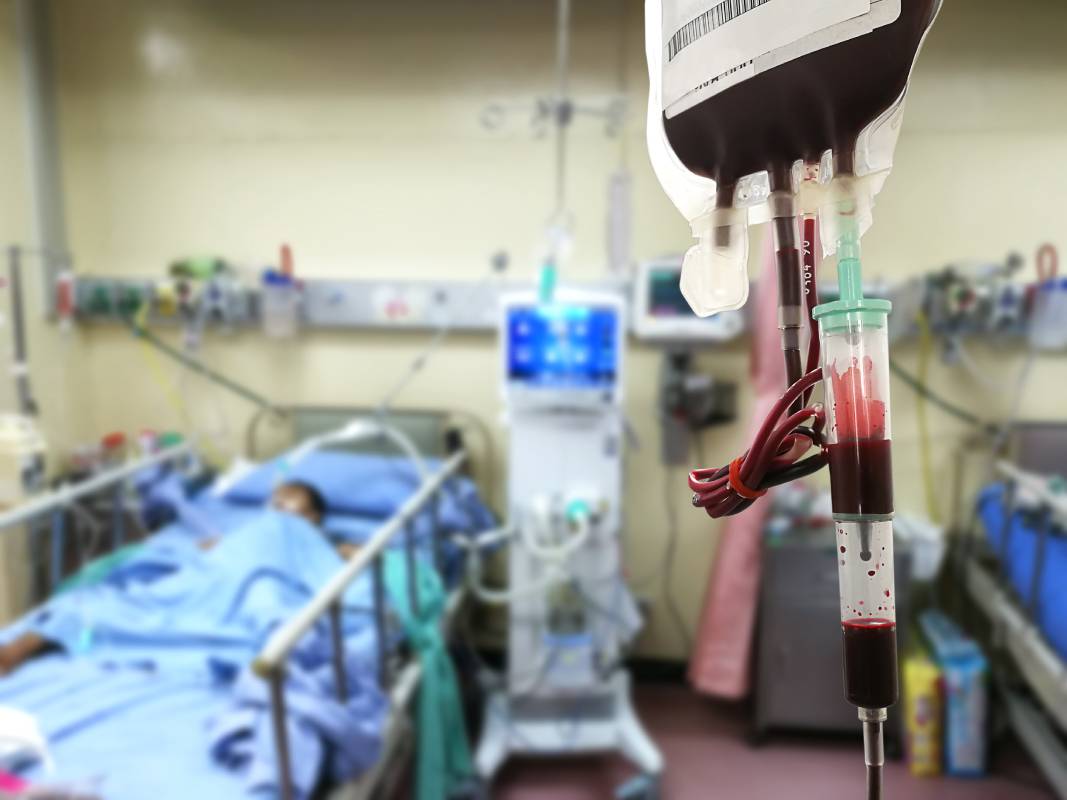Common Adult ENT Procedures in the Outpatient Setting
A number of Ear, Nose, and Throat (ENT) procedures can be performed in outpatient settings. These procedures are typically minimally invasive, allowing patients to return home the same day without the need for extended recovery in a hospital. Thanks to modern surgical techniques and technology, many ENT conditions that once required inpatient care can now be effectively treated in a more convenient and cost-effective manner. Adult ENT procedures that are commonly performed in the outpatient setting include septoplasty, endoscopic sinus surgery, and tonsillectomy, among others.
One ENT procedure that can be performed on an outpatient basis is myringotomy, which involves making a small incision in the eardrum to drain fluid from the middle ear. While commonly associated with children, adults can also benefit from this procedure when dealing with chronic ear infections or persistent fluid buildup that affects hearing or balance. In certain cases, a tiny tube may be inserted into the eardrum to maintain ventilation and prevent future infections. The procedure is typically performed under local or general anesthesia, depending on the patient’s comfort and the complexity of the case, and recovery is usually swift.
Tonsillectomy, the surgical removal of the tonsils, is another ENT procedure that, while often performed in children, is not uncommon in adult patients and can be performed in outpatient facilities. Adults may require a tonsillectomy due to recurrent throat infections, abscesses, or sleep-disordered breathing, including obstructive sleep apnea. Though recovery in adults tends to be more uncomfortable and prolonged than in children, it remains a relatively safe outpatient procedure with proper postoperative care.
Endoscopic sinus surgery is frequently performed on adults suffering from chronic sinusitis that does not respond to medication. Using a thin, flexible tube with a camera and instruments attached, surgeons can access the sinus passages through the nostrils to remove blockages, polyps, or correct anatomical issues such as a deviated septum. This technique minimizes tissue damage, reduces recovery time, and typically allows patients to resume normal activities within a few days.
Septoplasty is another outpatient ENT procedure aimed at correcting a deviated nasal septum, which can cause nasal obstruction, snoring, and frequent sinus infections. During the surgery, the nasal septum—the wall dividing the nostrils—is straightened to improve airflow. Sometimes, this is combined with turbinate reduction, where swollen nasal structures are reduced to further enhance breathing.
Laryngoscopy is a diagnostic and sometimes therapeutic procedure used to examine the larynx. It is commonly performed when a patient presents with persistent hoarseness, throat pain, or difficulty swallowing. In some cases, the physician may also remove polyps or perform biopsies during the procedure. Flexible laryngoscopy can often be done in the clinic with topical anesthesia, while more involved interventions may require sedation in an outpatient surgical suite.
Finally, many ENT clinics also offer in-office procedures for less complex conditions. These include earwax removal, nasal cauterization for frequent nosebleeds, and biopsies of suspicious lesions in the oral cavity or throat. The convenience and efficiency of managing these conditions in an outpatient environment benefit both patients and providers by reducing healthcare costs and minimizing disruption to daily life.
Overall, the outpatient setting has become a cornerstone of modern ENT care for adults. With proper patient selection, adherence to safety protocols, and advancements in medical tools, these procedures provide effective relief for a wide range of conditions while supporting quicker recoveries and improved quality of life.
More From The Blog

Cognitive Recovery After General Anesthesia
After undergoing surgery that requires general anesthesia, many patients expect to wake up and quickly return to their normal selves. While physical recovery is often

Role of Anesthesiologists in Patient Blood Management
Patient blood management is an evidence-based, multidisciplinary approach aimed at optimizing the care of patients who require a blood transfusion. It focuses on minimizing blood